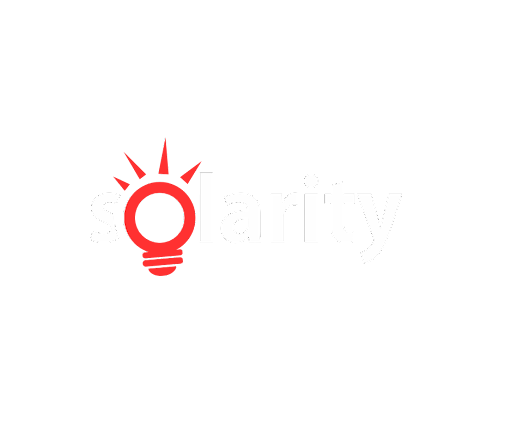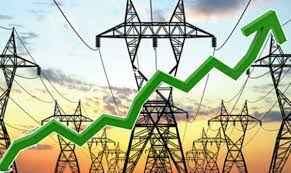Electricity generation in Nigeria began in Lagos in 1886 with the use of generators to provide 60 kilowatts. In 1923 tin miners installed a 2 MW plant on the Kwali River, six years later, the Nigerian Electricity Supply Company, a private firm was established near Jos to manage an hydro-electric plant at Kura to power the mining industry.
Then another private enterprise was established in Sapele by United Africa Company to power the activities of African Timber and Plywood Company. Between 1886 and the 1945, electricity power generation was rather low with power provided largely to Lagos and other commercial centers such as mining industries in Jos and Enugu.[ The colonial government created an electricity department within the Public Works Department which then installed generating sets in many cities to serve government reservation areas and commercial centers.
In 1950, the Legislative Council of Nigeria began moves to integrate the electricity industry when it enacted a law to establish the Electricity Corporation of Nigeria with the duties of developing and supplying electricity. ECN took over the electricity sector activities within PWD and the generating sets of Native Authorities. In 1951, the firm managed 46 megawatts of electricity.
Between 1952 and 1960, the firm established coal powered turbines at Oji and Ijora, Lagos and began making preliminary plans for a transmission network to link the power generating sites with other commercial centers. In 1961, ECN completed a 132 KV transmission line linking Lagos to Ibadan via Shagamu, in 1965, this line was extended to Oshogbo, Benin and Ughelli to form the Western System.
In 1962, a statutory organization, the Niger Dams Authority (NDA) was formed to build and maintain dams along River Niger and Kaduna River, NDA went on to commission a 320MW hydro power plant at Kainji in 1969 with the power generated sold to ECN. In 1972 NDA and ECN merged to form the National Electric Power Authority(NEPA). NEPA was the major electricity firm in Nigeria until power sector reforms resulted in the creation of the Power Holding Company of Nigeria and later privatization of electricity generation and distribution.
Current electricity generated in Nigeria is inadequate to meet the demand needs of households and business, as a result, Nigeria as a low per capital consumption of electricity, 109 Kwh in 2006. In addition, to this deficit, between 1970 and 2009, available power plants operated below optimal levels and electricity generated were lost in transmission. While electricity capacity was 5600 MW in 2001, power generated fell as low as 1750 MW. Nigeria has the highest energy deficit in the world due to the high rate of lack of access to electricity.
The hydro powered plants in Kainji, Shiroro and Jebba tend to have higher capacity utilization rates while the gas powered plant were affected by infrastructural and maintenance issues. Between 1980 and 1996, the country Nigeria witnessed a significant gap in electricity generated and electricity billed which indicates electricity loss in transmission. Read more Power deficit in Nigeria
Since the coming of democracy in 1999, the loss ratio has reduced from 46.9% in 1996 to 9.4% in 2008. Vandalism of equipment, lack of proper maintenance of transformers, poor management and corruption are few of the reasons Nigeria’s has produced sub-optimal electricity. Learn more about Go solar: Top 10 benefits of solar energy in Nigeria
Have you ever taken a challenging choice that ultimately made you happy because it furthered an important cause. Check out the resources listed below and Get Quotes or join the conversation using the hashtag #Solarpanel,#solarlight, #inverter. [forminator_form id=”68551″]

